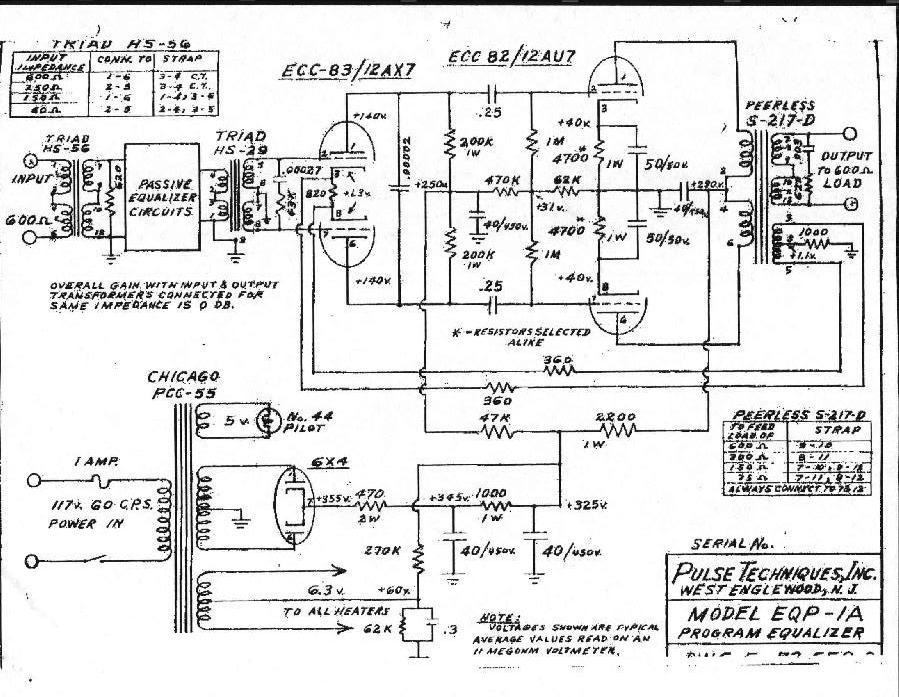This coil/inductor is wound with flat wire not round wire. You can see how each turn makes a capacitor. (copper insulator copper)

Look at the huge gaps in between the wires. The inter winding capacitance is much smaller.

Just saying you probably have a SRF that is very high with out doing strange things.
Look at the huge gaps in between the wires. The inter winding capacitance is much smaller.
Just saying you probably have a SRF that is very high with out doing strange things.







